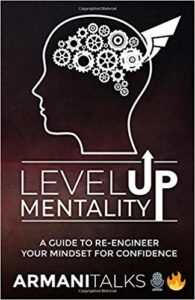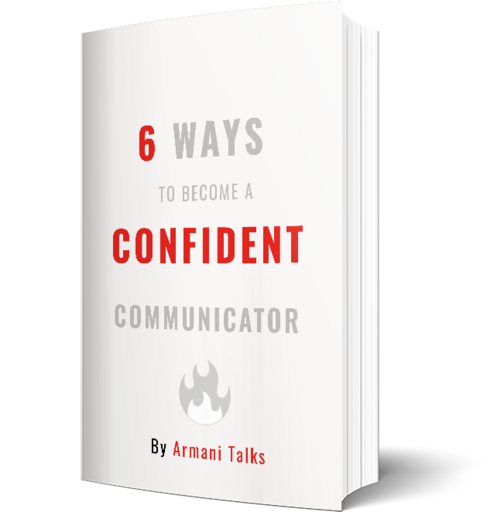Sympathy vs Empathy With Examples
I’m sure you have heard of sympathy vs empathy before.
Even though the two words sound the same, they are different.
In certain moments, we will be called to sympathize.
While at other moments, we will be called to empathize.
Learning the difference between the 2 skyrockets understanding.
The stronger the understanding, there stronger the social intelligence.
A person with high social intelligence has thicker skin.
You can’t fear someone you empathize or sympathize with.
Take that to the bank.
Level up your emotional literacy.
Watch opportunities present themselves.
Let’s learn some sympathy vs empathy examples.
Difference Between Empathy vs Sympathy
Sympathy is when you understand someone from your thoughts and feelings.
Empathy is when you understand someone from their thoughts and feelings.
‘Hm, both sound the same to me.’
Not quite.
They are different.
I’ll be giving examples shortly, but the main distinction I want to stress right now is the place of importance.
With sympathy, the importance is more on you.
While with empathy, the importance is more on the other person.
‘Isn’t putting the importance on me at a time of crisis egoistical?’
Not quite.
With sympathy, you have fewer data points to go off…
Therefore, you need to use your arsenal of experiences more.
Rather than viewing it as placing the focus on you:
View sympathy as a more introspective process.
While with empathy, you are focusing more on the environment.

Examples of Sympathy vs Empathy
There was this girl I knew named Emily who had a dog.
The dog was the centerpiece of her life.
She would take the dog everywhere, sleep with it & buy it sweaters for the winter.
I thought that was strange.
Who treats an animal so much like a human?
One day, Emily’s dog suddenly died.
She was crushed.
She spent weeks crying & asked us to attend a funeral.
At most, I sympathized with her because I never had a pet.
Couldn’t understand what she was going through.
I sympathized by recalling one of MY personal sad moments.
A few years later, I was living in Virginia.
There was this dog at our house who kept all the roommates close.
The dog would sit by me & make me feel welcomed.
As my time in Virginia was winding down, the dog got sick & died.
The owner was very sad.
This time, I could empathize more because I grew an attachment to the dog as well.
This allowed me to get a stronger understanding of how this fellow felt.
How to Approach Sympathy & Empathy
You’ll see in culture; the word “empathy” is used way more than “sympathy.”
People often say:
You need to empathize more!
I believe this is the perfect time to simplify the process.
At a technical level, it’s great to have an understanding of the difference between empathy vs sympathy.
However, in terms of practicality, it’s smarter to empathize more.
Make that the intent:
‘I will empathize when needed.’
Versus:
‘Gee whiz….do I empathize or sympathize right now?’
When it’s fuzzy, it begins focusing on the wrong things.
Let’s say your friend’s dog died, and rather than sympathizing or empathizing, you’re wondering:
‘Which one should I do??’
Avoid!!
Place more importance on empathizing for clarification purposes.
How to Empathize Even If you Didn’t Go Through the Experience
All experience is good experience through the lens of lessons.
Lessons go beyond identity.
Therefore, to empathize more, building more experience is key.
‘I get what you’re saying, man. But what if I haven’t gone through the experience that I’m supposed to be empathizing with?’
That’s when you do a thing called perspective shifting.
Perspective shifting is the art of putting your identity to the side to put someone else or the scenario to the forefront.
If you never lost a dog.
Or better yet, you never had a dog…
Then place the scenario of the dead dog as the centerpiece.
Automatically, your body will recall some sort of unexpected loss you had.
This is where emotions work in a strange way.
The experience you recall only needs to slightly resemble the experience of the person you’re trying to empathize with.
Let’s say you never lost a dog.
But you had a bad relationship.
After the relationship, you were sad because you had to say a permanent goodbye to someone you thought you were going to spend the rest of your life with.
That scenario allows you to feel similar feelings to your buddy who lost their dog.
The experiences need to slightly resemble to create an understanding.
The Goal of Sympathizing & Empathizing
Once again, the mind loves simplicity.
This simplicity makes it easier to behave in a certain way.
Sympathy is when we are trying to understand despite not having the same experience.
Empathy is when we are trying to understand because we have had a similar experience.
Luckily, with the emotions, it’s doable to get an understanding if we can draw from a similar experience.
This allows it to empathize with more ease.
Empathy.
Sympathy.
These are words at the end of the day.
The goal of both words is to build a shared understanding.
How you build that shared understanding is up to you.
Just know, to build that understanding requires the ego to be tamed.
Sit down in the movie theater rather than making yourself the movie.
Improving your Emotional Intelligence
Soft skills make the world go round.
This is the invisible side to a human that plays a large role.
By controlling emotions, it becomes easier to control our reality.
The subconscious mind controls 95% of reality.
This mind predominantly operates through feelings.
Therefore, feelings control 95% of reality.
A wise person can use all experiences to extract a lesson.
Lessons are amazing things that go beyond space, time, and causation.
A lesson that was important at age 5 can be just as important at age 50.
Sympathy vs empathy may seem very different.
But ultimately, it’s all about building a shared connection.
For more practical insights into building soft skills, be sure to check out the:
Armani Archives Bundle: Master Soft Skills edition
You’ll learn about building a strong mindset, improving emotional intelligence, and skyrocketing curiosity.
Get here







